More Info
Everyday Objects
EVERYDAY OBJECTS– Group Show
Throwback to online exhibition from September 2014
Participating Artists
MARK ELFMAN
I’m easily inspired by the most usual, routine, and altogether boring objects and scenes we see in everyday life. On the other hand, I enjoy giving viewers a new, dynamic, and refreshing way of seeing these objects and scenes. In both my sculpture and paintings, I’m obsessed with details. If the viewer can get lost in the details of one of my creations, even for a moment, I feel I’ve done my job. In my sculptures, I sometimes attempt to catch the viewer off-guard by placing everyday objects in an unbalanced, seemingly gravity-defying position. For me, this creates a sort of ‘movement waiting to be unleashed.’ I prefer linden wood for my sculpture, as this marvelous material allows the tiniest details to be carved precisely. I sometimes integrate steel and other metals to accent a wooden sculpture or for structural requirements. In my oil paintings, I am inspired by everyday scenes that have a certain something that fits my photorealist taste.http://markeelfman.crevado.com
LYNN GALBREATH
The everyday object is the backbone of everything. Always under-appreciated, taken for granted, by many, but not all. Pieces uploaded are part of an ongoing series is titled, “Art of Negotiation”. Series began in 2000 and is still going strong. “Saws” was just finished. “Saws is a portrait of my father. Aeronautical Engineer and furniture maker, his favorite tools were his saws. He passed away 14 years ago. http://lynngalbreath.net/art/Home/html
MATTHEW GOLDBERG
It consists of six pull station fire alarms attached to a wall at the same height with even spacing. While using the common, often overlooked object of the fire alarm, the piece is charged with potential – both potential for the viewer to pull an alarm and the potential for one (if not all) to be active. There are nods towards minimalism in its presentation as well as a sense of Reverse-Russian-Roulette, as one of these alarms might just save you. The overall effect of the piece is to charge the wall and space where it exists by multiplying and bringing attention to this everyday, public-space object.http://mathyougoldberg.com
MADISON MCKENNA
I come from a family of worriers. It took me a while to come to terms with it but I have now incorporated it into my creative practice. A fair portion of my motivation is rooted in fear – fear of forgetting or of losing track or of not understanding. My work involves collections and objects that speak to memory and the autobiography. There is a simultaneous sense of tension and playfulness evident while I act upon impulse and intuition to create my images. The included images are from four different bodies of work that all place emphasis on everyday objects representing something much larger in the context of my creative practice and personal history. I’m interested in the viewer’s understanding of these familiar objects and how that affects their relationship with the work. http://www.madisonmckenna.com
ELIZABETH MORISETTE
I create artwork that responds to the society in which we live. My work is created with recycled or repurposed materials. These materials appeal to me because they each have a history. This history often draws viewers in to experience these often common objects in a new manner. Artist and craftspeople have always been drawn to the materials ‘at hand’. My work explores what kind of materials we find ‘at hand’ in the twenty-first century and how they reflect our society. My pieces are formed by using techniques such as weaving and basketmaking. Using these techniques emphasizes the importance of the artists hand in the work. The dichotomy of applying a process that is handmade onto objects that are machine made is essential. Bunching hundreds of similar elements together creates a form or landscape that evokes an organic images out of harsh, garish colors and shapes. Through this work, I invite the viewer to remember a time, place, or person that they once knew. In a way, I view these works a portrait of every individual who views them. Though the objects are common, often the memories invoked by the work is as varied as the individuals who view them.http://elmorisette.com
JARED PLOCK
Through the deconstruction and subsequent reassembling of common objects I draw on a unique yet shared experience with the objects as well as the materials and the empathic quotient tied to them. There is a beauty and inherent trust that we place in the mundane and the common. Through my practice this trust is undone and redefined, and the mundane is replaced with the bizarre and absurd. By visually staking-out the familiar, alien, comfortable and awkward, I create a framework for the audience to experience the shift from actuality to potentiality. The audience engages and inhabits the work from this cusp. Within this figurative space the work calls on the viewer to employ memory and language to define its relationship to the body as well as the external world. Functioning in the language of semiotics the original object is not only intervened upon, the final work is an intervention in and of itself. http://jaredpattonplock.com
LINDSEY VAN NUIL
Photography has been a passion of mine for years and I am always trying to see things from a different point of view. I try and focus on the small details that make a space special. I want to notice the things that people normally walk by, how light hits a piece of string, or wallpaper begins to peel. Those moments are beautiful and I want to share them.http://lindseyvannuil.com
KEATON WYNN
The material or matter can “transubstantiate” from one thing to another, a horizontal move that neither elevates nor enlightens anything or anyone. I have produced these forms on the potter’s wheel the pre industrial tool for making containers while using the most elevated of ceramic materials, porcelain. Porcelain or “China clay” the material once celebrated by poets and produced in kilns commissioned by emperors was lusted after in Europe then imitated and simulated. The porcelain containers I have produced are bisque fired once; unglazed. Frozen mid process, the containers retain a potential that is not yet determined.
SOPHIE KNIGHT
Sophie Lourdes Knight is an American born British artist living and working in the San Francisco Bay Area. She works specifically with unprimed surfaces, covering canvas in oil and acrylic in variation to create deeply saturated compositions. Her work disrupts balances between object, memory and physicality. Photographs become paintings as paintings become objects and objects are reverted into preliminary surfaces once more. http://www.sophielourdesknight.com
JULIE EISENBERG PITMAN
Julie Eisenberg Pitman is a Manhattan and Brooklyn based collage artist. Her provocative collages depict fantasies that are often autobiographical—simultaneously disturbing and whimsical, establishing a new perspective by reworking, recycling and reassembling imagery. Her early years as a graphic designer and many years spent in front of the computer led her for a need for intimacy with craft and hand made work. Eisenberg Pitman’s abstractions are generally her state of mind at the time that the collages are made. She builds stories in her collages, with a personal and historical context that speak of poignant and tragic themes in her life such as death, tragedy, love and the everyday mundane. Her work embraces the present and is formed and informed by the past. She treats her compositions as if they were paintings, considering the content and designing a space that is both its original identity and assuming a new one, in a parallel play of realism and magic. There is a nostalgic theme in her work by use of her deceased mother’s handwritten recipe post-it notes, playbill collection and old found books and magazines that provide a plethora of imagery from which to construct visual narratives that expose her psyche. The vulnerable expulsion of Eisenberg Pitman’s thoughts invent illusions that are vestiges of a past time parlayed into a new visual language. http://www.julieeisenbergpitman.tumblr.com
BECKY ROSEN
I am fascinated by how we see and do not see. No two people have exactly the same point of view, whether the phrase “point of view” be interpreted as how one physically sees the world (with the interconnections of the eyes, neural pathways, and parts of the brain), or how one interprets various incoming information in a new way (via analysis and thought). Although I believe that humans are still keen observers of the world around us, far too many of us go through our lives without seeing far beyond what is presented to us. We too often fail to search for deeper meaning and information, even if something or someone begs us to. I often find the most beauty and inspiration in places, people, or objects that go unnoticed by the average person.
My art highlights this tension between how most people see the world and how I see the world. I explore the concepts of sight and interpretations of what is seen and unseen by highlighting my creative process in my work over the product. In this way, my final art pieces are a creative historical record of how they were made. I ask viewers to see if they can understand what I see when I make my art (both physically and interpretation-wise), or else see something for themselves that they would not have seen before looking at my art.http://www.beckyrosen.com
My art highlights this tension between how most people see the world and how I see the world. I explore the concepts of sight and interpretations of what is seen and unseen by highlighting my creative process in my work over the product. In this way, my final art pieces are a creative historical record of how they were made. I ask viewers to see if they can understand what I see when I make my art (both physically and interpretation-wise), or else see something for themselves that they would not have seen before looking at my art.http://www.beckyrosen.com
CARISA MITCHELL
As a person who seeks out stories of others, it seemed fitting to find the stories of my grandparents. I thought their stories would be about their lives in the past. However, once I started to photograph their interior living space I found that the objects and the order of the things around them became just as interesting as their stories. (Living) Grandparents is a project that borders fine art photography and documentary. It is in itself a present day story of how two people, who happen to be my grandparents, live in their space.http://www.carisamitchell.com
MEL OPPENHEIM
Mel’s work, Silkography™, delicate and complex, marries the ancient Oriental art of silk screening with modern day digital photography. Mel’s work features bright and splashy color schemes applied through silkscreening to original photography of typically unnoticed spaces. Mel seeks to take the ordinarily drab, plain, or outright ugly and transform them into something refreshing and intriguing.
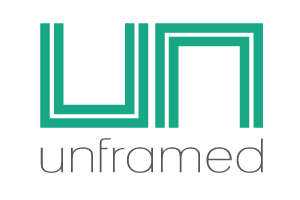



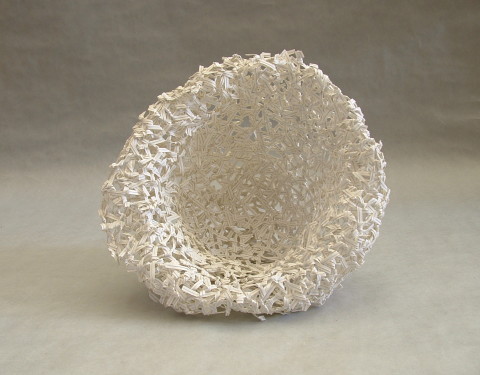
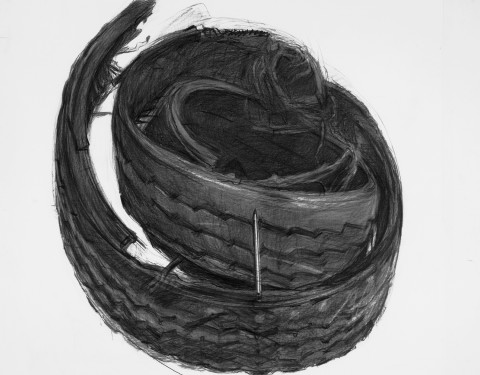
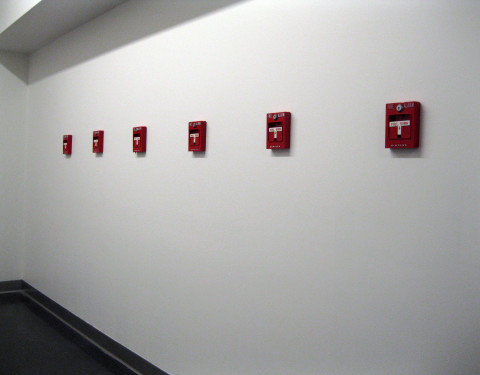
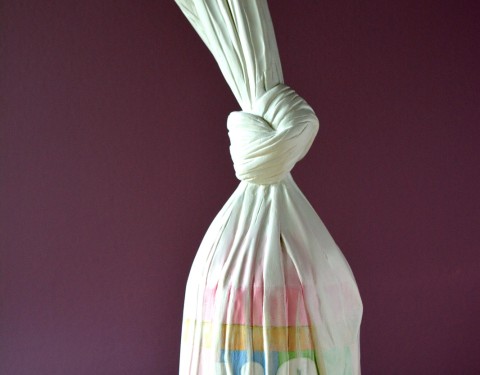
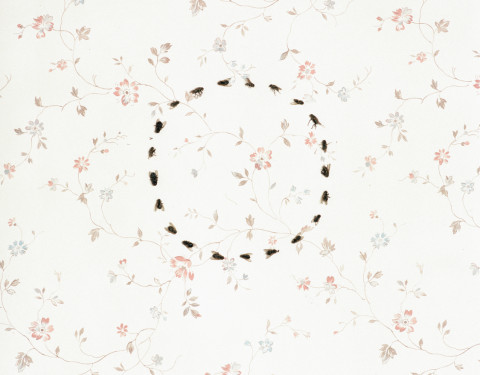
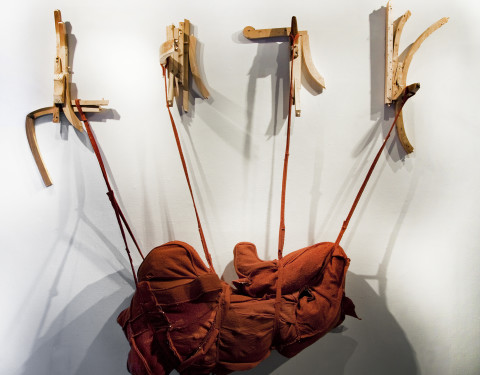
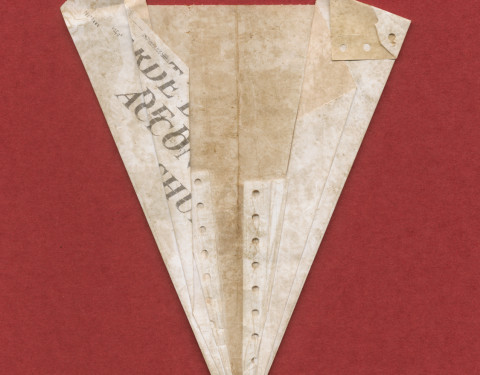
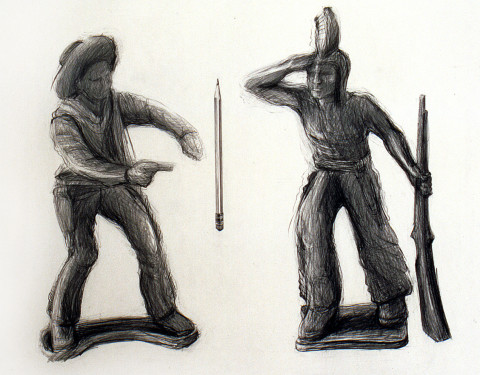

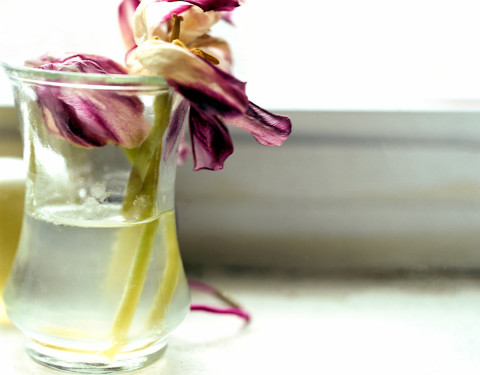
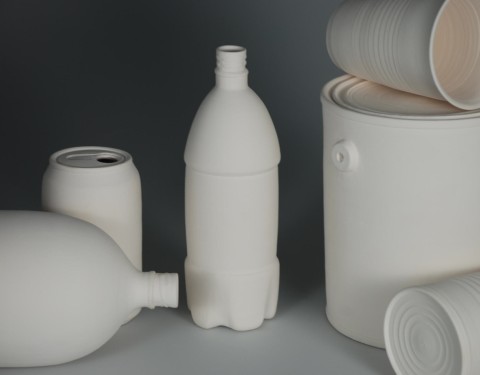
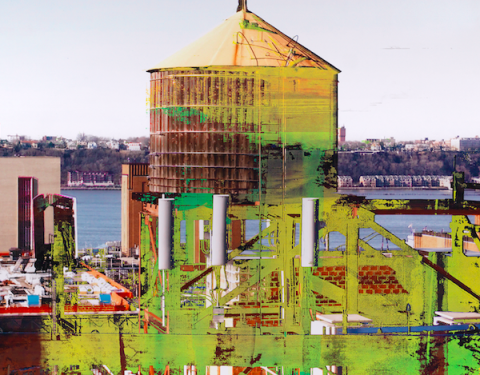
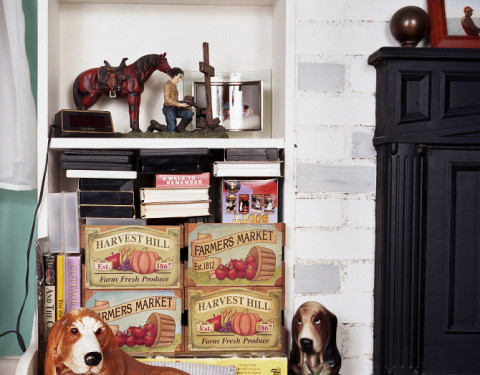
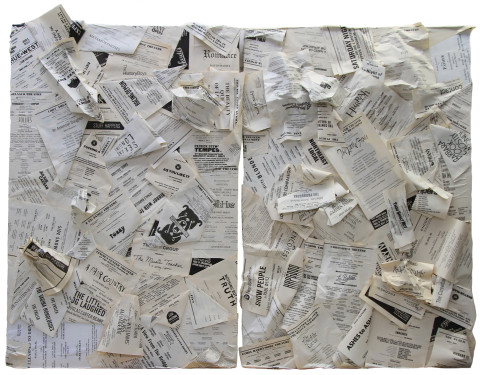
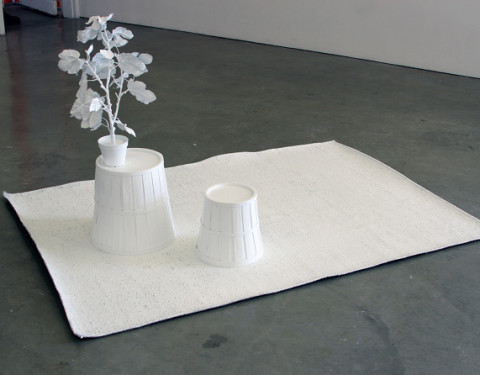
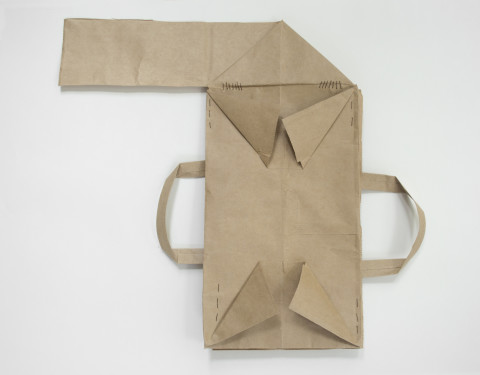
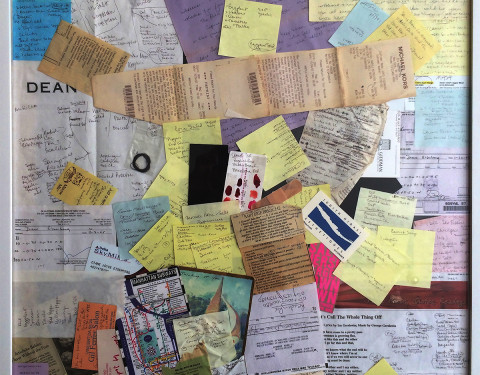
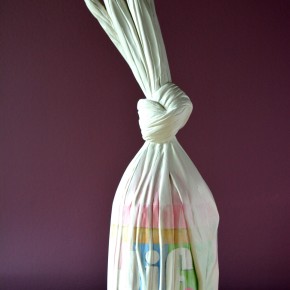
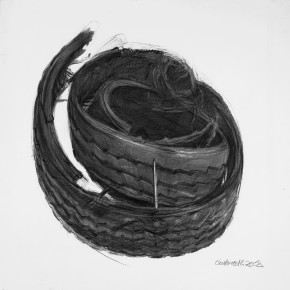
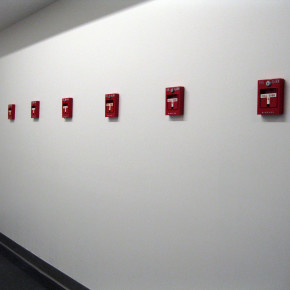
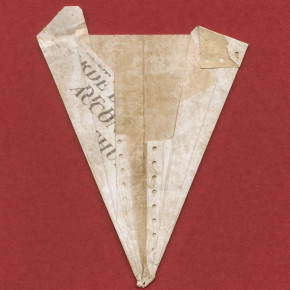
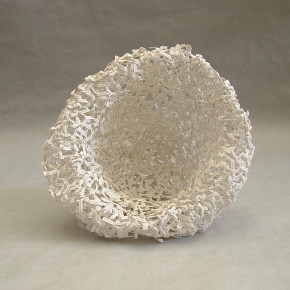
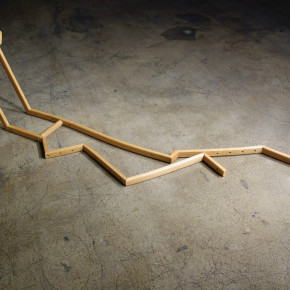
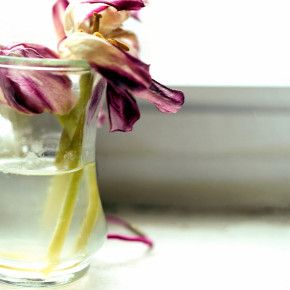
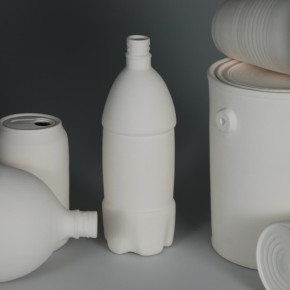
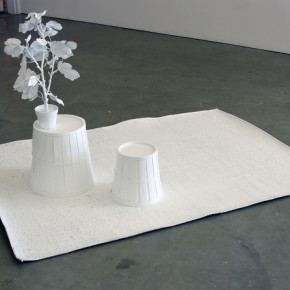
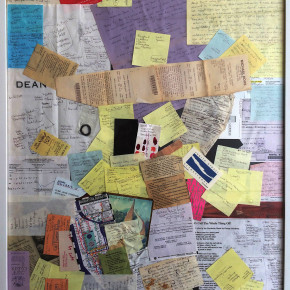
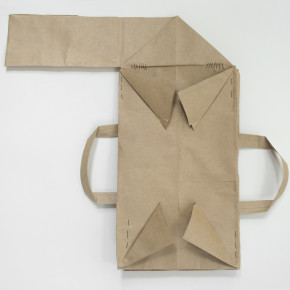
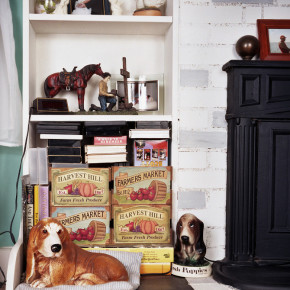
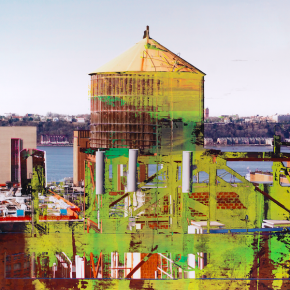
Submit a Comment